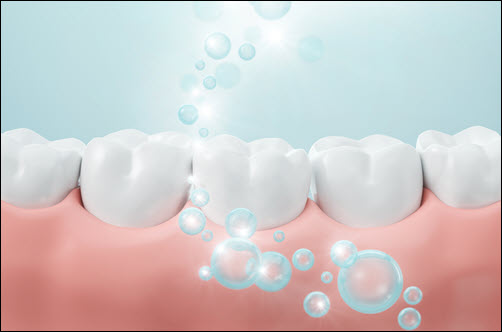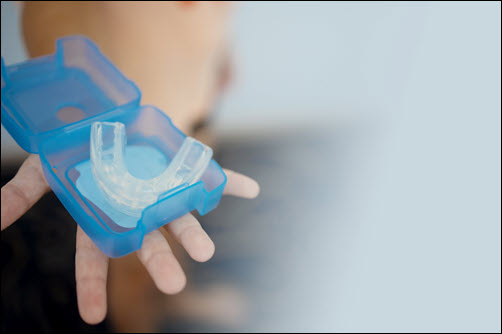Dental Bridges: What You Need to Know
Missing teeth can impact more than just your appearance; they can also affect how you eat and speak. That’s where dental bridges come in. They’re a fantastic option for filling in those gaps and getting your smile back to its best. Let’s dive into what dental bridges are and how they can enhance your smile and function.
The Lowdown on Dental Bridges
 A dental bridge consists of two main parts: the pontic (the false tooth) and the abutments (the supporting teeth or implants). The pontic is usually made from porcelain to match your natural teeth, while the abutments are typically crowned to provide a stable support for the bridge.
A dental bridge consists of two main parts: the pontic (the false tooth) and the abutments (the supporting teeth or implants). The pontic is usually made from porcelain to match your natural teeth, while the abutments are typically crowned to provide a stable support for the bridge.
Why Consider a Dental Bridge?
Dental bridges offer several benefits:
-
- They can dramatically improve the look of your smile, boosting your self-esteem.
- They restore your ability to chew and speak properly.
- They help maintain the shape of your face and prevent remaining teeth from shifting out of place.
Getting a dental bridge is a relatively simple process, usually requiring only a few visits to the dentist. If you’re missing teeth and want to restore your smile’s appearance and functionality, a dental bridge might be the perfect solution. Call Sauve Family Dentistry to schedule an appointment to “bridge the gap” in your smile caused by missing teeth.



 Wear a Mouthguard: Use a mouthguard during sports or recreational activities to protect your teeth from injury.
Wear a Mouthguard: Use a mouthguard during sports or recreational activities to protect your teeth from injury.










